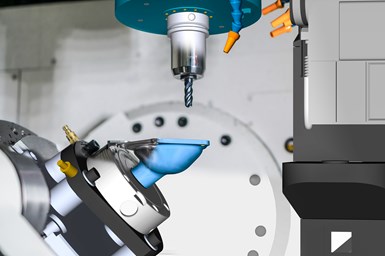Nidec Double-Column Machining Center Reduces Non-Cutting Time
Powered by electricity, MV12BxII is designed for a diverse range of production environments, from high-precision surface machining to general parts machining
Nidec Machine Tool Co.’s double-column machining center, MV12BxII, is designed to reduce non-cutting time while achieving high productivity in a range of applications. MV12BxII uses grease to lubricate all of its spindle and feed axes to improve energy efficiency and running cost. Featuring an electric power unit, the machine is designed for a diverse range of production environments, from high-precision surface machining to general parts machining, including light cutting and heavy cutting.
With the high-speed rapid traverse (X-axis: 48 m/min.; Y- and Z-axes: 32 m/min.), MV12BxII provides shorter non-cutting time, while its spindle’s maximum rotating speed has been improved to 7,000 min-1, and its motor output has been increased to 26 kW. It features a compact footprint of 3.4 × 5.8 m and a maximized range of operation (X-axis stroke: 1.6 m; Y-axis stroke: 1.3 m).
With the use of an energy-efficient and low-noise electric power unit to operate its pump only when necessary, MV12BxII consumes less power than conventional hydraulic units that are always running. In addition, the adoption of Nidec’s tribology technology enables the use of grease to lubricate MV12BxII’s spindle and feeding axes, helping the machine to use less air and lubricant agent, reducing running cost and operator workload.
Additionally, MV12BxII has available a variety of options that were jointly developed with Nidec OKK Corporation, including an automatic operator door, a coolant shower and a selectable chip conveyor.
RELATED CONTENT
-
Nidec Machine Tools Launches Double-Column Machining Center
The company’s MVR-Cx series machining center is meant to be easy to use, even for new users.
-
Okuma Launches New Double-Column Machining Center
Okuma’s MCR-BV is capable of five-axis contouring and five-sided heavy milling applications. The company says these heavy-duty applications are made possible through the machine’s powerful integral motor and spindle, as well as an expanded work envelope.
-
When Spindle Speed is a Constraint
Though it won’t replace high speed machining, Boeing sees “low speed machining” as a viable supplement to higher-rpm machines. Using new tools and techniques, a shop’s lower-rpm machining centers can realize much more of their potential productivity in milling aluminum aircraft parts.





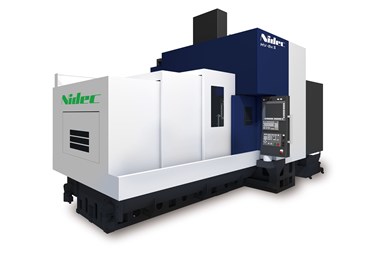



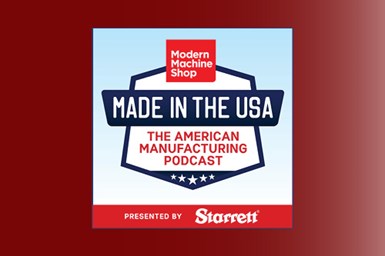
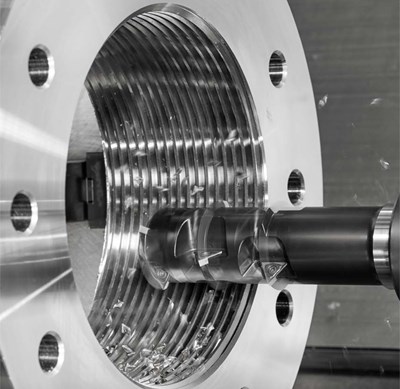
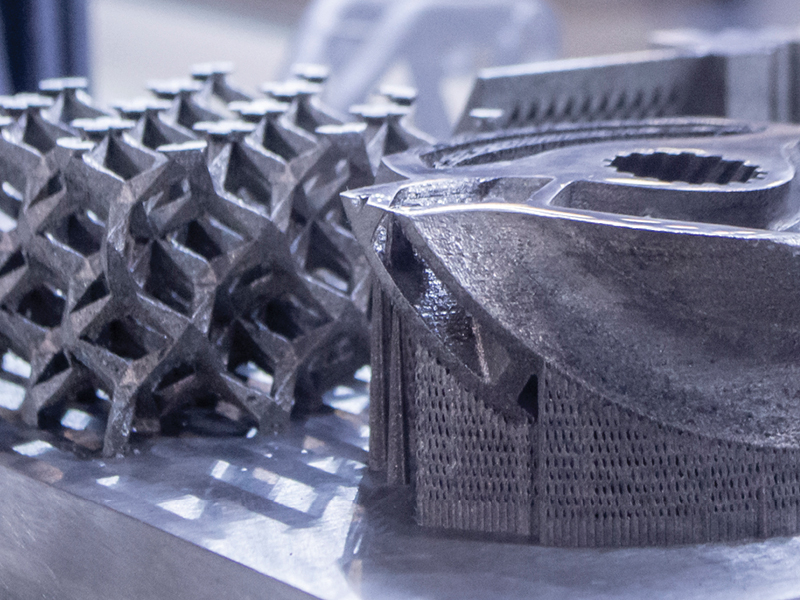
%20(1).1676494398075.png)

